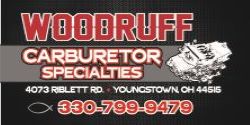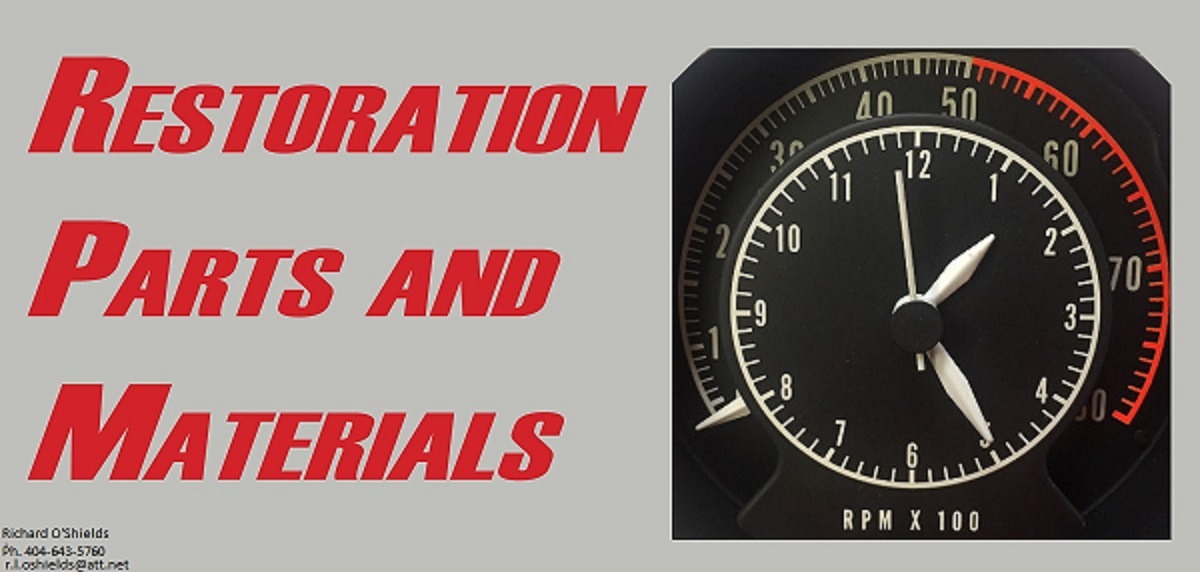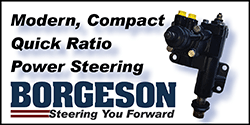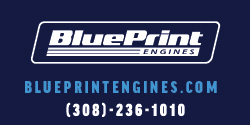Max caster is a fine goal. But we want the car to drive good. The caster needs to be even side to side or the car wil, put from uneven caster.. Camber can make it pull also, so camber needs to be even also.Yes I know I will get some guages.
But besides toe adjustments there's only 2 frigging upper-arm bolts and if I've got them set for max caster then having guages is not going to get me more caster, and if I'm not going to get more caster then I'm not going to get any self centering.
I haven't driven this car much in the past 2 years, maybe 10 very careful slow miles and haven't driven it at all for 20 years before that. I've forgotten how it's supposed to handle, but I know I don't like how it's driving now after a complete stub rebuild.
It's not as easy as cranking the eccentrics all out on front and in on rear. Look at the eccentrics of cars that drive nice. The eccentrics are all over the board due to tolerances in the frame and suspension parts. The alignment man adjusted them so the setting are correct.
I've never needed offset bushings to get a car to drive nice, and you don't need more than 2,3,4 degrees of caster either.
Now for the guy with locking rear brakes and steering that always self steers by itself. You must fix both of these before driving this car anymore or adjusting anything else. You have entered the beating you head against the wall stage of the game, can't win the alignment battle this way.
So on the steering pull from the steering box valve adjustment. Jack the front off the ground and on stands. Start the car and watch the steering wheel. The goal it the steering wheel to stay still, no movement either direction. No movement at all. Not even a hair. This is important. If it moves either way them loosen and slide the valve forward or back and restart engine until it doesn't move one bit on start up. If it is way off it will do a full turn to one side by itself.
I'm all for people getting there own measuring equipment and doing it at home, and learning.
Your power steering is not an automatic transmission. Use power steering fluid in the PS system. If it was mine I would flush out that ATF+4. Return hose in a can and just crank engine until it's clear. Don't start engine, fluid will blast everywhere.
Last edited:
















